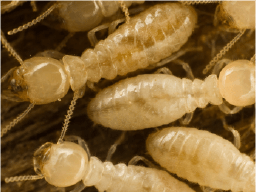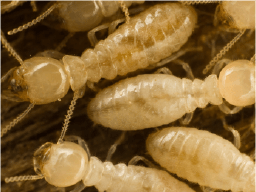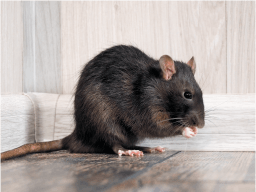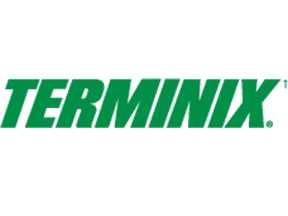Identify The Most Common Kinds of US Termites
Think you may have termites? Learn the simple ways to identify termites, whether you have a situation in need of expert help, and what you can do about it.
Schedule Today!
What Do Termites Look Like?
Termites are small and are of a comparable size to ants which can lead to confusion. There are also several different species of termites in the United States which can lead to further confusion. Knowing which type of termite you are dealing with is a key factor for both termite control and prevention and can be difficult to detect as termites are covert by nature. You are more likely to find the signs of termite damage than find termites themselves, but both are important in determining what kind of infestation you might have in your home
What Are The Most Common Kinds Of Termites?
There are three major kinds of termites in the United States: damp wood, drywood and subterranean. Drywood termites are rare in the US and prefer to eat extremely dry wood. Dampwood termites, as their name suggests, build their nests in soggy, decaying wood but can tunnel into dryer parts of the wood. Subterranean termites live in soil, thrive in moist environments and are the most destructive species of all three. Subterranean termites attack wood throughout the United States (except Alaska), but are the most common and pernicious throughout the warmer regions of the country living primarily in the US South and California.
Termites or Ants?
Knowing the differences between ants and termites is a good starting point for identification. Termite swarmers closely resemble ants which might confuse anyone trying to identify what kind of control service they need from a professional. Termites are often mistaken for ants, however, a few key differences will help determine which pest might be infesting your home. A termite’s two sets of wings are roughly equal in length while an ant’s front wings are longer than its hind wings. Both ants and termites have antennae, but termites have straight, possibly droopy antennae while ants’ antennae are bent at a 90-degree angle. Termites have a straight waist, while the waists of ants are pinched. While both ants
What you thought was a problem with carpenter ants or fire ants might just be a termite issue, a larger problem with a totally different control approach. Don’t be left confused and guessing! Contact a trusted professional like Pest Control Experts who will determine the best course of action for your specific issue.
Call Pest Control Experts today to get a free quote and to schedule your home pest inspection as soon as possible!
Call 855-891-5410














